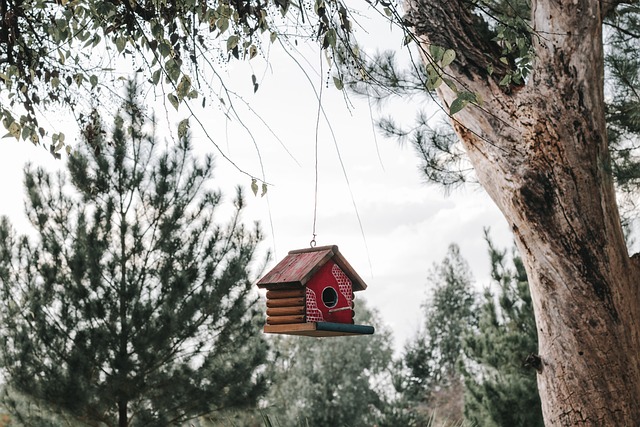Perhaps you’re considering switching to a more environmentally friendly lawn. Maybe you have an area in the shade where nothing grows. Alternatively, maybe your goal is to expand the habitat of fauna like butterflies and birds. For all of these circumstances, a natural garden or landscape is becoming more and more popular, but maybe you’re concerned it will seem too unkempt or weedy. These five design pointers can assist you in creating an area that is attractive to animals as well as humans.

- Select native plants that go well together.
The saying “right plant, right place” is certainly familiar to you, and in natural garden design, it has never been truer. This phrase basically says that you should put a plant in your landscape where it naturally grows—that is, in dry clay in full sun. Although it goes against the principles of natural design, we sometimes put plants into situations they don’t like just because we think they’re attractive. Instead, you may uncover a ton of interesting native plants that you were unaware of but that would be perfect for your location with a little investigation.
Furthermore, it’s a good idea to choose species that act like clumpers if your front yard or garden bed is smaller. This indicates that they don’t aggressively shoot out runners or self-sow. Unmanageable plants in an inadequate area not only cause maintenance issues but also give the impression of being weedy.
Furthermore, it’s a good idea to choose species that act like clumpers if your front yard or garden bed is smaller. This indicates that they don’t aggressively shoot out runners or self-sow. The plants that really seem weedy are the ones that are uncontrolled and spread out in an inadequate amount of space, not to mention a maintenance nightmare.

- Practice makes perfect.
In order to make sense of the seeming chaos, our eyes have evolved to look for patterns in nature. As a matter of fact, the way our eyes move follows a pattern known as fractal geometry, which also helps us map forests and coastlines and describes how plants and animals develop. Go through a meadow and give it a go. You’ll quickly become aware of how the area is filled with repeating floral masses. Group each sort of plant into three to five of a kind, then repeat that three, five, or seven times to get that natural appearance in your landscape. Our eyes “read” the environment and perceive purpose thanks to the repetition.
You’ll also observe how the plants are growing in close quarters, in layers, and virtually on top of one another in a natural meadow or woods. To cover open land, space everything 12 inches apart. In addition to providing shelter for birds, frogs, and other species, this will help shade out weeds.
- Limit your use of flowers.
Try to limit the number of blooming perennials in bloom at any one time to three varieties. Just three? It aids in limiting the amount of color in the room. But isn’t it exactly what we want—a ton of color and blooms? Yes, but too much will make everything seem disorganized and chaotic.
Don’t worry, using this rule of three will ensure that you have an abundance of blooms throughout the growing season. If you want your neighbors to follow you down the wilder route (or at least recognize its beauty), you should fulfill conventional garden design and aesthetic standards in the middle at the same time. Later on, as you acquire expertise and as our wilder places become more widely accepted, you may always add more.
- Make sentences shorter.
This works for full front yards as well as foundation beds. In general, choosing plants that are no more than two to three feet tall will assist maintain the space’s continuity and enable people to look over, into, and through the landscape. This perspective is reassuring because, since humans developed amid grasslands scanning the horizon for predators, anything obstructing our vision would be unsettling. The same rule holds true at major street corners where vehicles must yield to oncoming traffic and children on bikes. Stay quiet and follow the current. - Plant for winter seed heads, autumn color, and bloom succession.
Since plants—even herbaceous perennials—change their leaf color in the fall and many produce visually appealing umbels and seed heads in the winter, this final design technique essentially takes care of itself. Additionally, bloom succession will almost always be present in a landscape with 15–20 species.
Nevertheless, the shoulder seasons that lie between late spring and early summer and late summer and early autumn are the toughest times of the year to see blossoms. Therefore, even if you just see one or two species that bloom at specific periods, pay particular attention to those that suit your site. Remember that brown is a color with several deep colors, and that winter is a season full of creative possibilities.
Even if a natural garden has wilder origins, it still has to be planned and thoughtfully created. All creatures that pass through the area, including humans, birds, spiders, and bees, may find it lovely without it losing its ability to maintain the ecosystem.



